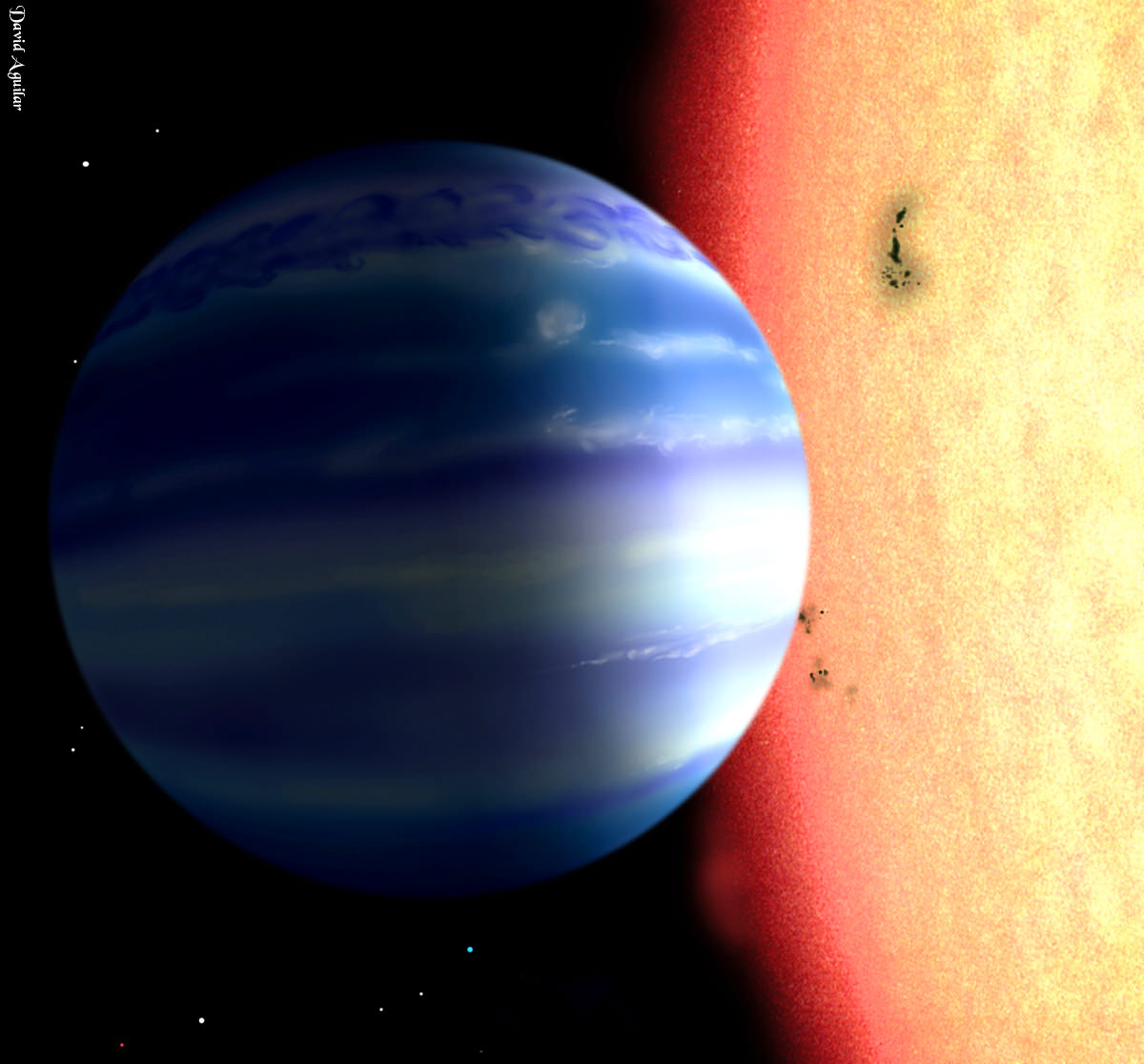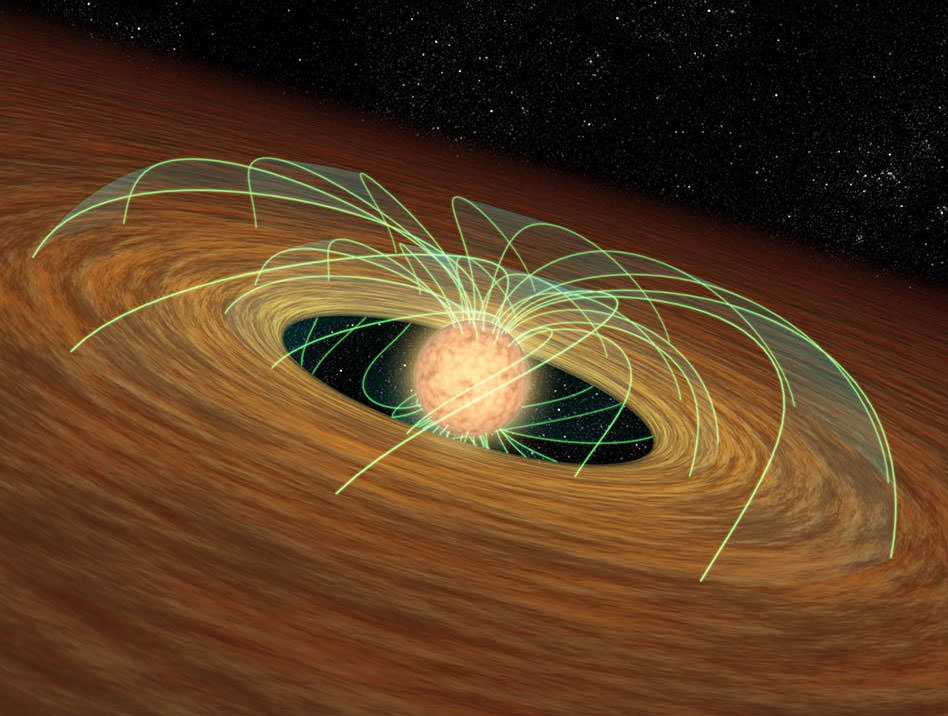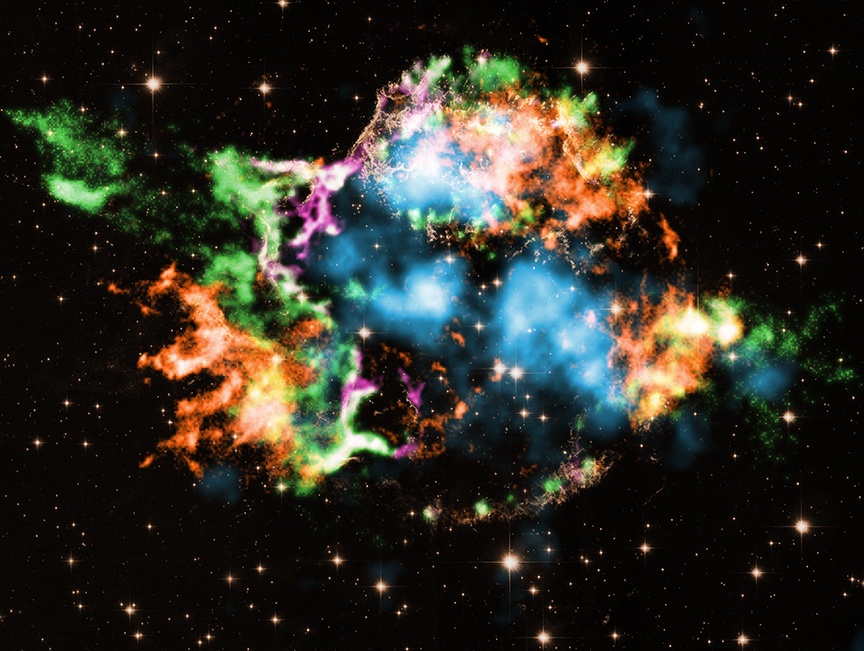Cosmologists have been struggling to understand an apparent tension in their measurements of the present-day expansion rate of the universe, known as the Hubble constant. Observations of the early cosmos – mostly the cosmic microwave background – point to a significantly lower Hubble constant than the value obtained through observations of the late universe, primarily from supernovae. A team of astronomers have dug into the data to find that one possible way to relieve this tension is to allow for the Hubble constant to paradoxically evolve with time. This result could point to either new physics…or just a misunderstanding of the data.
“The point is that there seems to be a tension between the larger values for late universe observations and lower values for early universe observation,” said Enrico Rinaldi, a research fellow in the University of Michigan Department of Physics and coauthor on the study. “The question we asked in this paper is: What if the Hubble constant is not constant? What if it actually changes?”
Continue reading “Is the Hubble constant not…Constant?”









